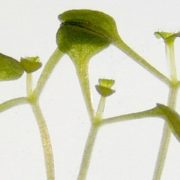
Chloroplasts working in the shade
Research, The Plant Cell, The Plant Cell: In a NutshellOrtiz-Alcaide et al. report that light and retrograde pathways interact to regulate hypocotyl elongation response to shade. Plant Cell https://doi.org/10.1105/tpc.18.00617
By Jaime F. Martinez-Garcia and Manuel Rodriguez-Concepcion
Background: Plant development is strongly influenced by the incoming…
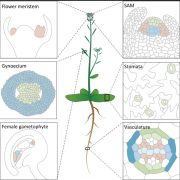
Review: Cytokinin – A developing story (Trends Plant Sci) ($)
Plant Science Research WeeklyWith its diverse chemical structures, the phytohormone cytokinin is significant from embryogenesis to the maturation of plants. In this review, Wybouw and De Rybel highlight in detail cytokinin signaling in multiple plant developmental process including shoot, flower, stomata, root and vascular development.…
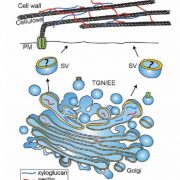
Glycomic analysis of plant endomembrane vesicles (Plant Cell)
Plant Science Research WeeklyEndomembrane vesicles carry not only secreted proteins but also carbohydrates for cell wall synthesis, yet relatively less is know about this latter process. Wilkop et al. describe a method to investigate the glycan contents of specific subsets of vesicles, to begin to understand how these cargos are…
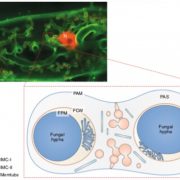
Membrane systems at the host-arbuscular mycorrhizal fungus interface (Nature Plants) ($)
Plant Science Research WeeklyIn the arbuscular mycorrhizal fungal interaction with plants, the fungal partner promotes nutrient acquisition in exchange for some sugar and fatty acids from host plants. This exchange occurs at the symbiotic interface in the plant cortical cells where fungal hyphae form special branched structure called…
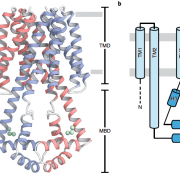
Crystal structure of plant vacuolar transporter VIT1 (Nature Plants) ($)
Plant Science Research WeeklyIron is an essential nutrient for plants that participates in cellular processes such as DNA replication, photosynthesis, and respiration. Excess iron accumulation is harmful to plants due to its participation in the generation of reactive oxygen species, which can damage cellular machinery. One of the…
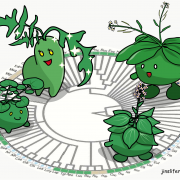
Understanding leaf shape development and diversity in Brassicaceae (New Phytol) ($)
Plant Science Research WeeklyMany economically important crops are in the Brassicaceae family, such as cabbage, mustard, and the model plant Arabidopsis thaliana. Recently, the systematics of Brassicaceae has assigned most of the species to 52 monophyletic groupings (tribes). However, relationships along the backbone of the phylogeny…
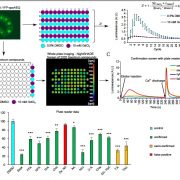
Identification of novel inhibitors of auxin-induced Ca2+ signaling via a plant-based chemical screen (Plant Physiol)
Plant Science Research WeeklyPlants can adjust their shape, size and number of organs, grow according to gravity and light, and regenerate damaged tissues, through the action of the plant hormone auxin. Another versatile signal comes from Ca2+, which is a crucial second messenger for many cellular processes during responses to a…

Leaf senescence in Arabidopsis thaliana is regulated by a histone H3K4 demethylase (Plant Cell)
Plant Science Research WeeklyLeaf senescence is the final stage of leaf development where the organ turns yellow and programmed cell death occurs. While it is generally understood that the regulation of senescence associated genes (SAGs) is dependent on the trimethylation of histone H3 at lysine 4 (H3K4me3), the exact mechanism…
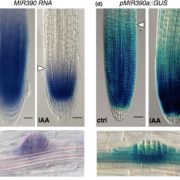
ARF5/MONOPTEROS directly regulates miR390 expression in the Arabidopsis thaliana primary root meristem (Plant Direct)
Plant Science Research WeeklyPrevious studies have indicated that auxin controls gene expression via regulatory transcriptional networks, mediated by a family of DNA-binding auxin response factors (ARFs) that bind to auxin response DNA elements (AuxREs) in the promoters of genes. In this study, Dastidar et al. investigated the…

